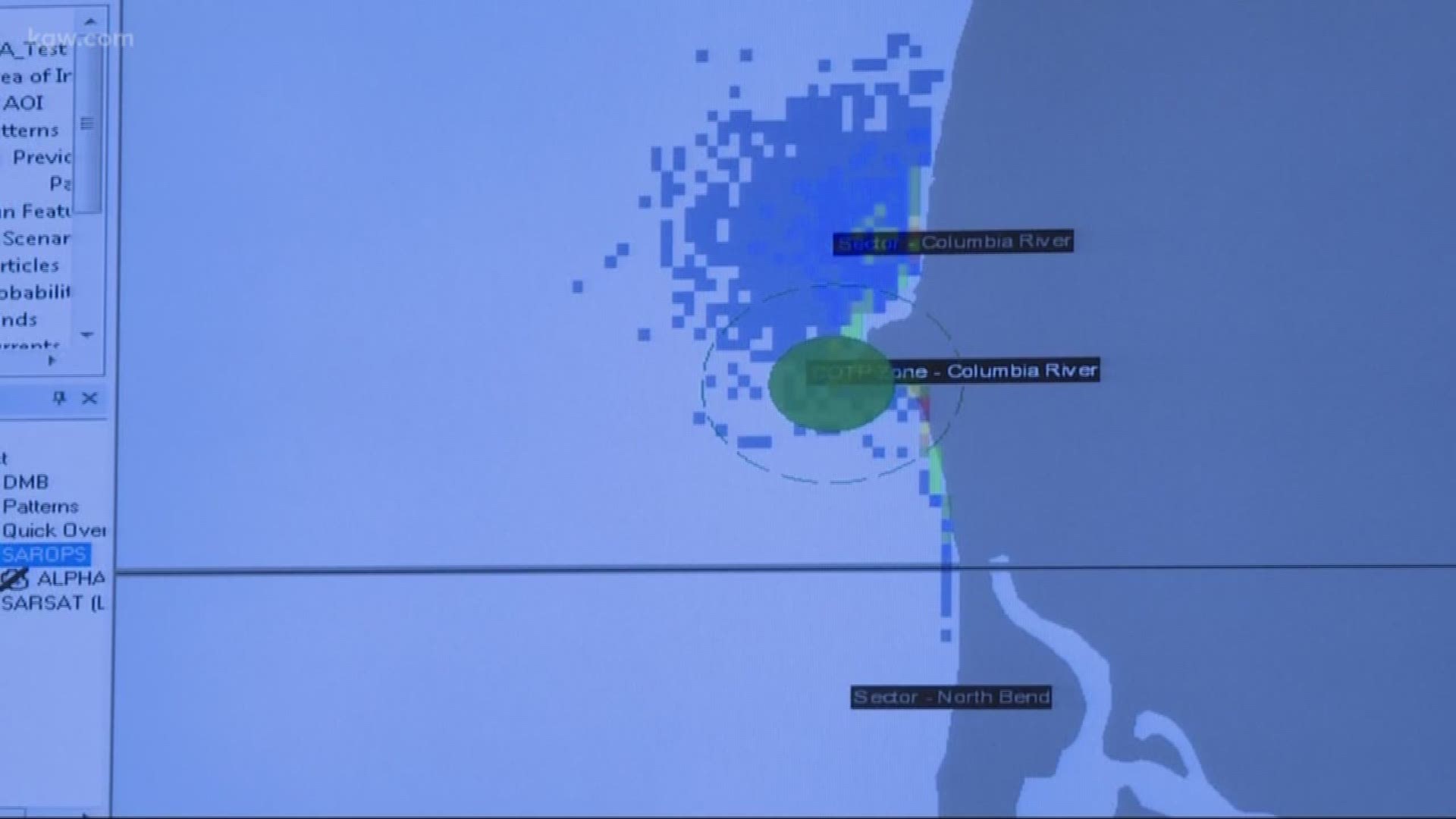PORTLAND, Ore. -- An important piece of software is helping investigators in California expand their search area to find missing members of the Hart family, whose SUV was found crashed down a California cliff.
SAROPS, which stands for Search and Rescue Optimal Planning System, is software that’s used at the 32 Coast Guard Command Centers across the nation.
One is located in Warrenton and the SAROPS software is required to stay up and running 24 hours a day. There must be one qualified person watching it at all times just in case there’s an emergency.
Hart family coverage:
Greg Merten showed KGW around the command room. He’s the SAROPS Training Supervisor at the Warrenton Coast Guard Base. He’s also a Command Center Controller. He said inside the command center, there are five people constantly on duty.
People sit in front of screens, monitoring everything from daily operations, to ships' locations, and developing emergencies.
If someone needs help, the Coast Guard breaks out SAROPS to track them down.
“When somebody breaks down on the side of the road, the car stays there,” said Merten. “On the water because of current and winds the SAROPS system allows us to calculate where they're going to drift to. So that way we can facilitate a rescue much quicker.”
The software takes into account currents, weather patterns, last known location and more. Then after all that data is put in, it produces a search area that's good for the next 12 hours. The searcher could even ask the software to calculate where a person or object would be in days or weeks. But accuracy would go down because the software would not be pulling data from current conditions and instead relying on historical data.
“Just imagine it as putting 5,000 rubber duckies on the water and what SAROPS does is it simulates where those rubber duckies are going to drift to,” Merten said.
5,000 simulations are done in just 90 seconds.
“To do one of those drift calculations by hand, if you're very good at math and you've done it several times, it takes about 45 minutes,” he said.
The program is highly customizable. It estimates the probability of success from between 1-99 percent based on information about how long a person can swim or float, or if they have a flotation device. It also pulls data about water conditions. For instance someone who’s in frigid waters may not live as long as someone who is stuck in warm waters.
In the case the Coast Guard only finds debris, the software can figure out where it came from and from there see where a person could have drifted.
“It does like a 100 things. It's a really multipurpose tool,” said Merten.
It’s a tool that's used just about every day at the Warrenton Coast Guard base, to either save people or find them.

